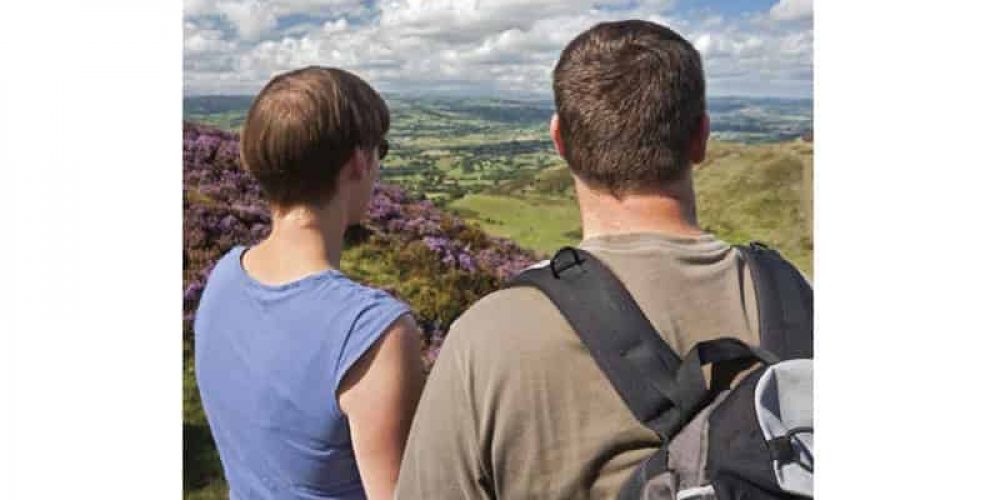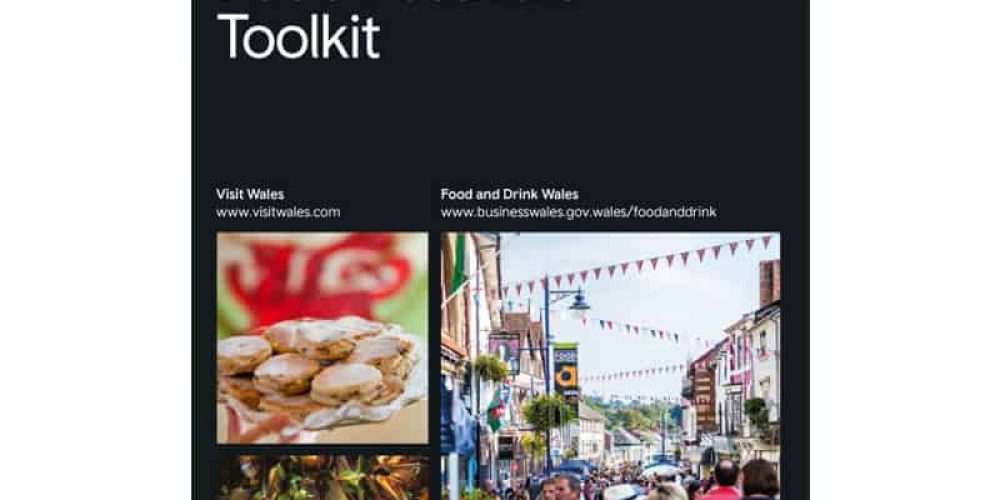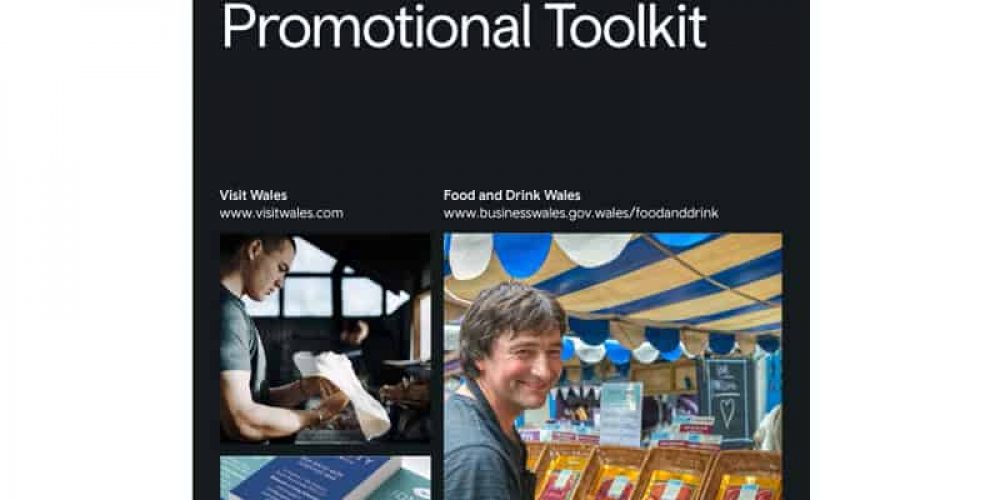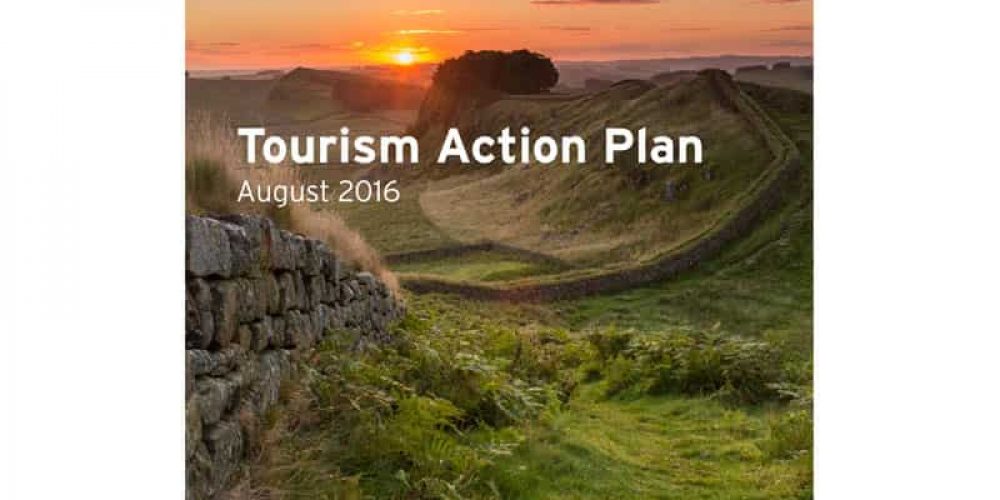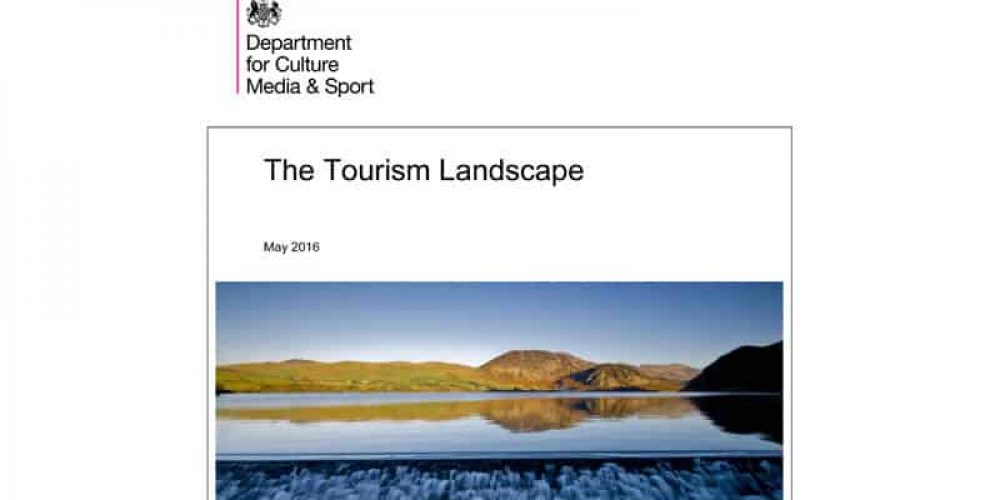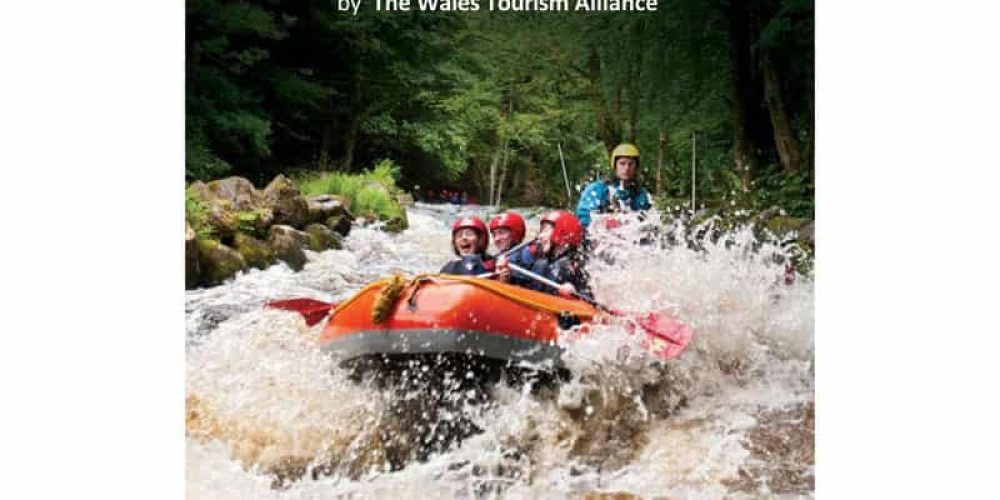Introduction Develop a thriving visitor economy in Denbighshire which celebrates the unique strengths of the county, supports jobs, generates business opportunities and improves the range and qualities of amenities available for visitors and residents whilst safeguarding the local environment. Click image to download
Introduction Encouraging more overseas visitors to explore Britain is a top priority; it spreads the economic benefit across nations and regions beyond London, and supports growth, job creation and retention. The recent government Tourism Action Plan (launched in August 2016) supports this ambition and identifies rail as a key enabler to persuade overseas visitors to travel beyond London. Click image to download
Introduction Food festivals go hand in hand with the wider tourism economy in Wales. To help you plan, develop and improve your food festival, this toolkit provides hints, tips and best practice ideas to get you thinking and help you with the practicalities along the way. It is not an all-encompassing document but a simple to use toolkit with additional suggested reading summarised at the end. While you may be new to organising a festival or a veteran of some years, we hope each section provides you with a practical checklist of ideas to build upon. Click image to dpwnload
Introduction If you’re part of a food and drink network, regional cluster or a community group aiming to promote your food tourism offer, then this toolkit is for you. To help you plan, develop and improve food tourism in your area or network, this toolkit provides hints, tips and best practice ideas to get you thinking as well as help with practicalities along the way. Click image to download
Introduction Food Tourism and Culture. Food and drink go hand in hand with hospitality and tourism in Wales. Combine quality seasonal food and local ingredients, interesting places to eat and stay, and some of the world’s best chefs, and you define the hospitality sector in Wales with its deserved reputation for excellence. Food is important to our visitors. More and more, food is an important influence on people’s decision to visit Wales. It’s because they are more discerning, and take an interest in where their food comes from and what happens on its journey to their plate. The two sectors of food and tourism are therefore particularly important in Wales, and we’ve developed […]
Introduction Tourism is vitally important to the UK. The industry provides 1.6 million jobs across the country. In 2015, we saw the greatest number of overseas visits to the UK on record, bringing £22.1 billion into our economy. Domestic overnight spend also hit a record high of £19.6 billion in England. In short, the sector goes from strength to strength. But many overseas visitors never venture beyond London, so over 50% of their spending is in the capital. While we want tourist numbers to remain high, we also want the benefits of growth to be felt across the whole of the UK. This is a beautiful country, offering so much to […]
The Tourism Landscape: Department for Culture, Media and Sport Introduction The overall success of the tourism industry is contingent on its ability to work together to promote what it has to offer. However, as the sector is diverse, fragmented and competitive, businesses are often reluctant to invest significant time in collaborative endeavours. This is why Government support is needed. This document is aimed at everyone who wants to understand the roles and responsibilities of different government groups and bodies in improving the co-ordination of tourism offers and their promotion. If you have a query relating to the tourism agenda, it will help you to understand who you are best to contact in […]
Tourism Matters: An Election Brief by The Wales Tourism Alliance Click image to download
Introduction Food Tourism is defined by Welsh Government as ‘any activity that promotes a high quality, distinctive, local and sustainable food experience linked to a particular place‘. ‘Towards Sustainable Growth: An Action Plan for the Welsh Food and Drink Industry 2014-2020’ recognises the importance of the local food supply chain to the food industry in Wales, encompassing local retail, hospitality/ food service and direct retail (farm shops, markets and festivals). Click image to download
Introduction Keeping up with all the latest technological ideas isnít always easy, especially when you have a tourism business to run. This Digital Tourism – How To Guide will help you to understand how technology can improve your business for the future. This is a legacy publication from the ERDF funded and Visit Wales supported, Digital Tourism Framework programme. The programme has been helping to raise the digital bar across our tourism industry, moving it from relative E business immaturity a few years ago, firmly into the digital age today. Whether an absolute beginner or a self confessed geek, we hope you’ll find this collection of How to Guides helpful in your efforts to meet and hopefully exceed your customers expectations. It’s by no means comprehensive, and […]

